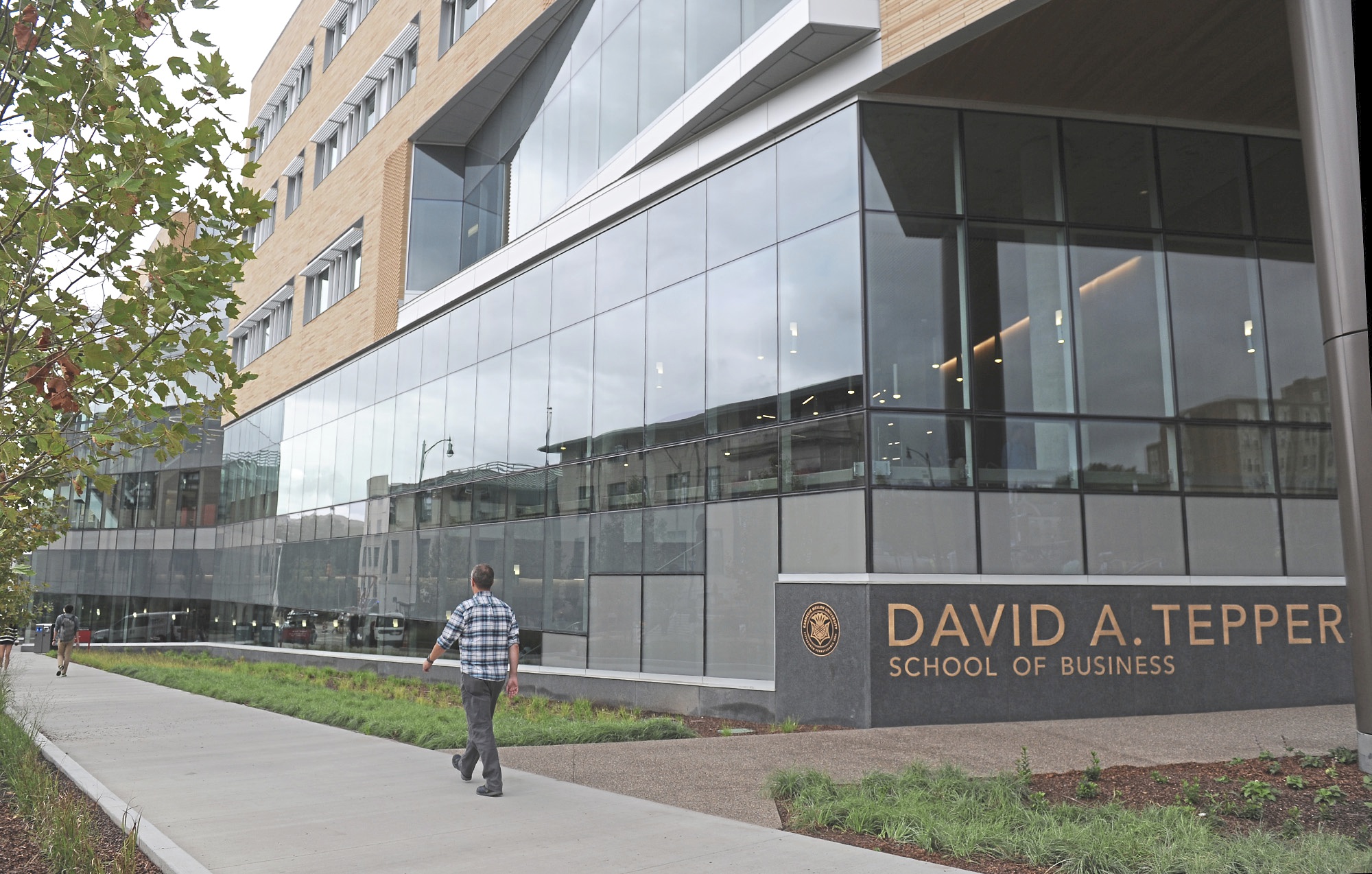
Our universities have become corporate spas with high-priced execs
Carnegie Mellon University President Farnam Jahanian received a base compensation of $995,988 in 2022. This represents a 52% increase above inflation from the presidential salary ten years ago, according to numbers compiled by Emma Folts at Public Source.
This would be all well and good if a rising tide lifted all boats, if faculty and staff were compensated equally as well. But as Ms. Folts further notes, “the average salary for faculty fell 2% below inflation and stood at $122,259 during the 2022-2023 academic year.”
The numbers at the University of Pittsburgh are not much better. Ms. Folts points out that Joan Gabel, the incoming chancellor, will receive a $950,000 base salary, a 24% increase above inflation from the position’s salary a decade ago. Pitt’s faculty compensation “fell 4% below inflation during roughly the same period, according to data from the U.S. Department of Education.”
But neither of these numbers are outliers. Executive pay is rising at every university, nation-wide.
A factory of graduates
Why do we value the contributions of the executive so much more than the professor? After all, aren’t universities institutions of instruction? And while they should not run at a loss, when did profit and financial gains become more important than keeping faculty and ensuring a quality education?
If the business of a university is not education, what is the purpose of the university?
In 1905, Henry Pritchett wrote in The Atlantic Monthly that the “American university, whether supported by private gift or by the state, is conducted under an administrative system that approximates closer and closer as time goes on to that of a business corporation.”
Mr. Pritchett, who was then the president of the Massachusetts Institute of Technology, argues that the corporatization of the American university can only harm the scholars and students who execute its mission. He questions whether “a centralized administration modeled on the lines of a business corporation is the one best adapted to the development of an institution of learning.”
Mr. Jahanian and Ms. Gabel will be performing demanding jobs, being the public faces of their universities while fundraising and overseeing operations. Again: It’s a big job. But the focus on profit and endowment-embiggening, as faculty salaries continue to sink, confirms Mr. Pritchett’s predictions about where we’re headed, a place that doesn’t invite students to study, but “organizes them for graduation.”
A university that prioritizes an executive over faculty becomes a factory of graduates instead of a place that values intellectual inquiry and democratic expressions of curiosity. It’s easier to make a graduate than form a thoughtful, knowledgable human being.
What are we made for?
When I was a funded graduate student at Pitt back in 2007, I was a full-time student with teaching responsibilities. I made a little bit over $13,000 a year, plus I didn’t have to pay tuition. I compensated my salary by hustling — building websites, doing freelance work as a writer and research assistant, as well as any miscellaneous work that came my way. And I was one of the lucky ones.
When I stood in front of undergraduates, they did not care if I was a graduate student or a fully-tenured professor. They did not care how much work I had to do to make rent, or if I was able to afford the parking ticket now sitting on my windshield, after too many students came to office hours and I did not feed the meter in time (it was a different era).
To the students, I was the person there to teach them the mysteries of good writing and grade their papers. They demanded the best of me as an instructor, without knowing whether or not my annual salary kept up pace with inflation.
In their estimation, all professors existed for their subject matter, and few of my students could tell you how much, or how little, any of us made. For them, the university’s goal is to support their education, as well as their eventual launch into the upper-middle-class stability we all crave.
The business of learning
University professors spend more and more of their time doing administrative work for the bureaucracy of education. And that’s nothing compared to the amount of staff a university employs that has little or nothing to do with in-classroom instruction. According to U.S. News and World Report, in 2021, at the average American university, instructional spending accounted for “27.4% of total expenditures.”
Some of it has to do with programs like diversity, equity and inclusion, but most of it is about student assistance and non-academic initiatives to keep students both entertained and supported. It feels like universities are becoming high-end spas, with state-of-the-art facilities and a collapsing faculty.
Which is all well and good if that’s what they are: spas with some learning built in for those who want it. In which case, it makes sense to keep them profitable at all costs.
“I pay your salary,” a disgruntled student once told a colleague of mine. “No you don’t,” she replied. “The university chancellor pays my salary. Your tuition pays for the gym.”
Adriana E. Ramírez, author of “Dead Boys,” is a columnist and InReview editor for the Pittsburgh Post-Gazette. Find her on X @zadri.
